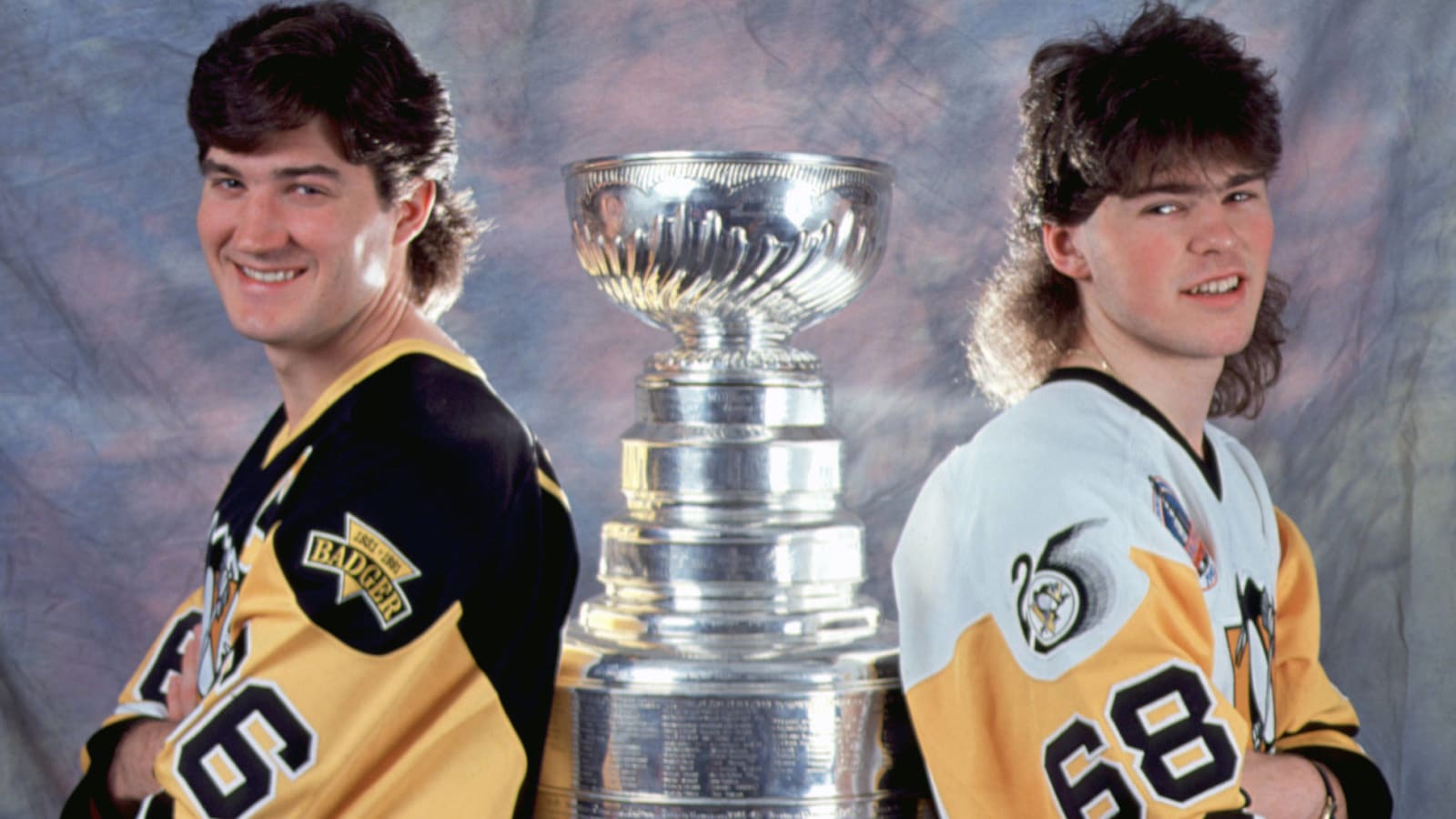
Five NHL teams that attempted to build 'super teams'
Super teams have been the story of the NBA for the better part of the past decade, with the Golden State Warriors' current collection of All-Stars the greatest of them all. Is it possible to see such a thing in the NHL? Given the current NHL landscape, probably not. The presence of a hard salary cap limits what teams can do, and the very nature of the sport — the best players only play a third of the game, and having two or three superstars doesn't always guarantee success — makes it far more difficult to assemble that sort of team.
That doesn't mean NHL franchises have avoided trying.
Currently, the Toronto Maple Leafs and Tampa Bay Lightning seem to be engaged in quite the arms race in the Atlantic Division with the former's addition of John Tavares in free agency — adding to a team that already has Auston Matthews, William Nylander, Mitch Marner and Patrick Marleau — and the quest of the latter to add Erik Karlsson in a trade. If the Lightning can pull that off, they'll add a two-time Norris Trophy winner who is perhaps the greatest defenseman of this generation and one of the best ever to a team that already has the reigning Norris Trophy winner (Victor Hedman), a Vezina Trophy finalist goalie (Andrei Vasilevskiy) and a couple of MVP contenders (Nikita Kucherov, Steven Stamkos) at forward.
Given the hard cap structure of the league, these are probably be the two best examples — or at least closest examples — of "super teams" in the NHL.
The pre-cap NHL was a different story entirely. Let's take a look back at some teams that attempted to build monster rosters by assembling several All-Stars and future Hall of Famers in one place, as well as the success and failures of those teams.
Some of them succeeded. Some of them did not.
Early 1990s Pittsburgh Penguins
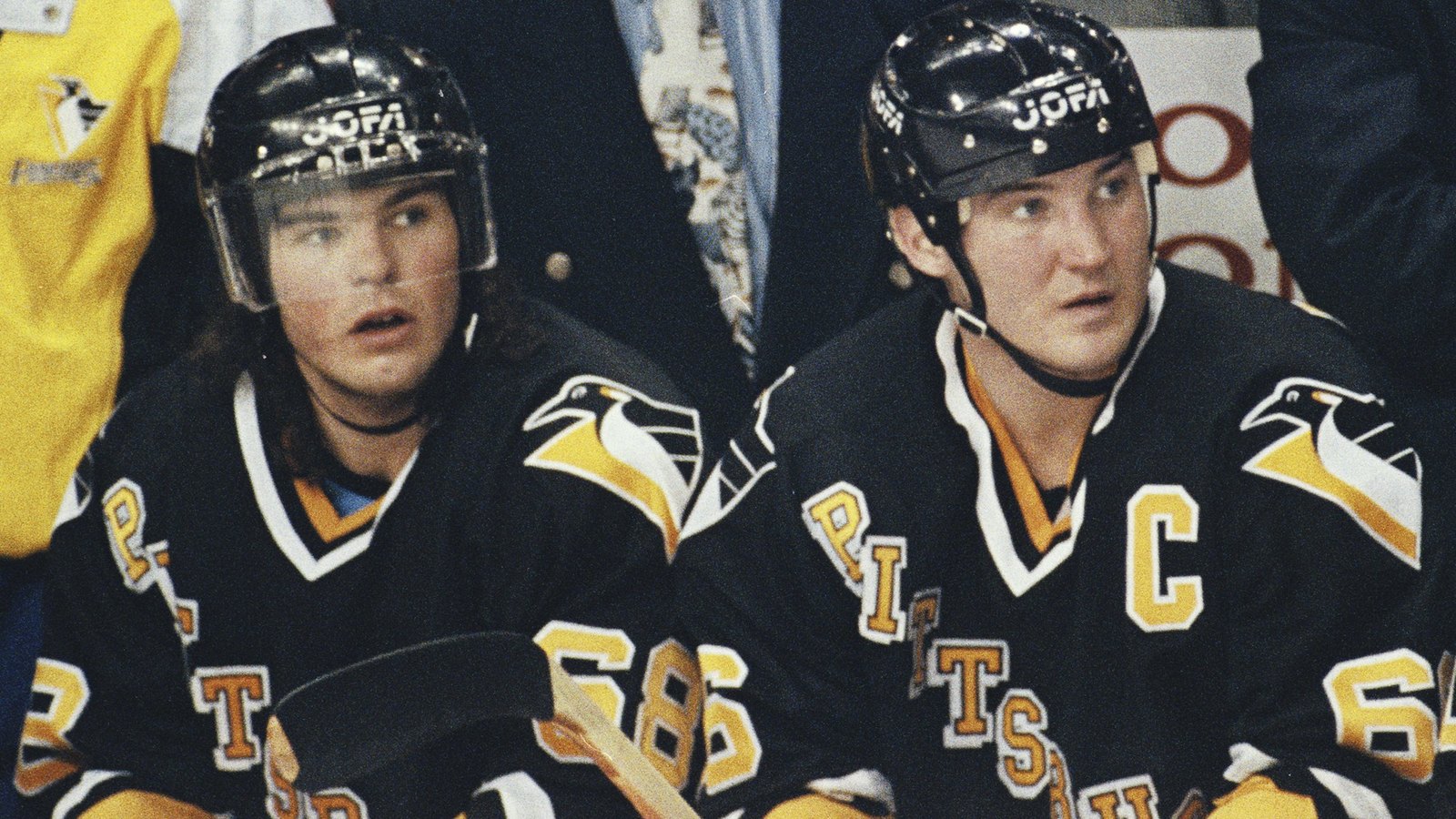
The Penguins had a lot of good fortune in the NHL Draft with the opportunity to select Mario Lemieux in 1984 and Jaromir Jagr in 1990. Those two became not only two of the best players ever, but the foundation for a team that won back-to-back Stanley Cups and then a Presidents' Trophy from 1991-1993.
They could not do it alone.
Management not only gave them help — they assembled a stunning collection of talent through trades and free agency by acquiring six different future Hall of Famers between 1988 and 1991. That list included Paul Coffey, Ron Francis, Larry Murphy, Joe Mullen, Bryan Trottier and Mark Recchi, whom the Pens drafted in 1988. That does not include starting goalie Tom Barrasso, who probably has at least a solid argument to get in, and Rick Tocchet, who scored 440 goals in his career. Add that group to the core of Lemieux, Jagr and Kevin Stevens, and it is no wonder they were the premier team of the early '90s.
They are one of only three teams to win back-to-back Stanley Cups in the past 30 years, while their quest for a three-peat came to end in 1993 when they were upset by David Volek and the New York Islanders. That Penguins team, which at one point won an NHL-record 17 consecutive games, was probably the best of the bunch.
Early 2000s Detroit Red Wings
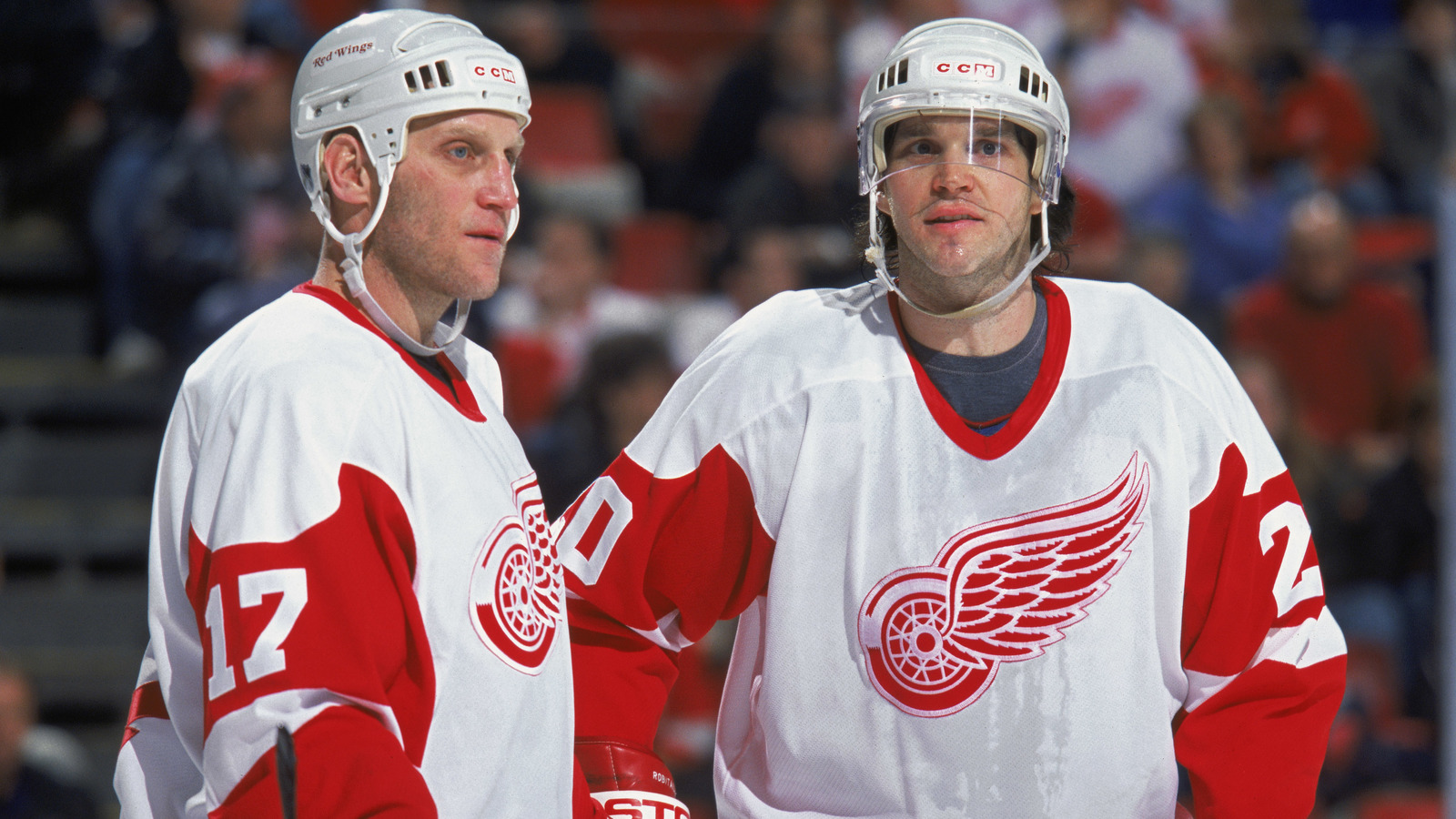
By the early 2000s, the Red Wings were already back as an NHL superpower. They won back-to-back Stanley Cups in 1997 and 1998, ending a championship drought that had gone back to 1955; had homegrown superstars in Steve Yzerman, Sergei Fedorov and Nicklas Lidstrom; and were led by the greatest coach of all time behind the bench in Scotty Bowman.
For the 2001-02 season they assembled a monster.
Prior to that season, the Red Wings went all in on building another Stanley Cup winner by signing Brett Hull and Luc Robitaille in free agency and trading for Dominik Hasek to be their new starting goalie. This was all done in one offseason — added to a team that already had Yzerman, Fedorov, Lidstrom, not to mention previously acquired Hall of Famers Brendan Shanahan, Chris Chelios, Igor Larionov and a young, budding superstar just getting his feet wet in the NHL in Pavel Datsyuk.
They ended up winning the Presidents' Trophy by 15 points (finishing with 116 points) while the only team to give them any sort of a challenge in the playoffs was the Colorado Avalanche in the Western Conference Final. The Avalanche, of course, were really the only team in the NHL at the time that had anything close to the talent the Red Wings had.
2003-04 Colorado Avalanche
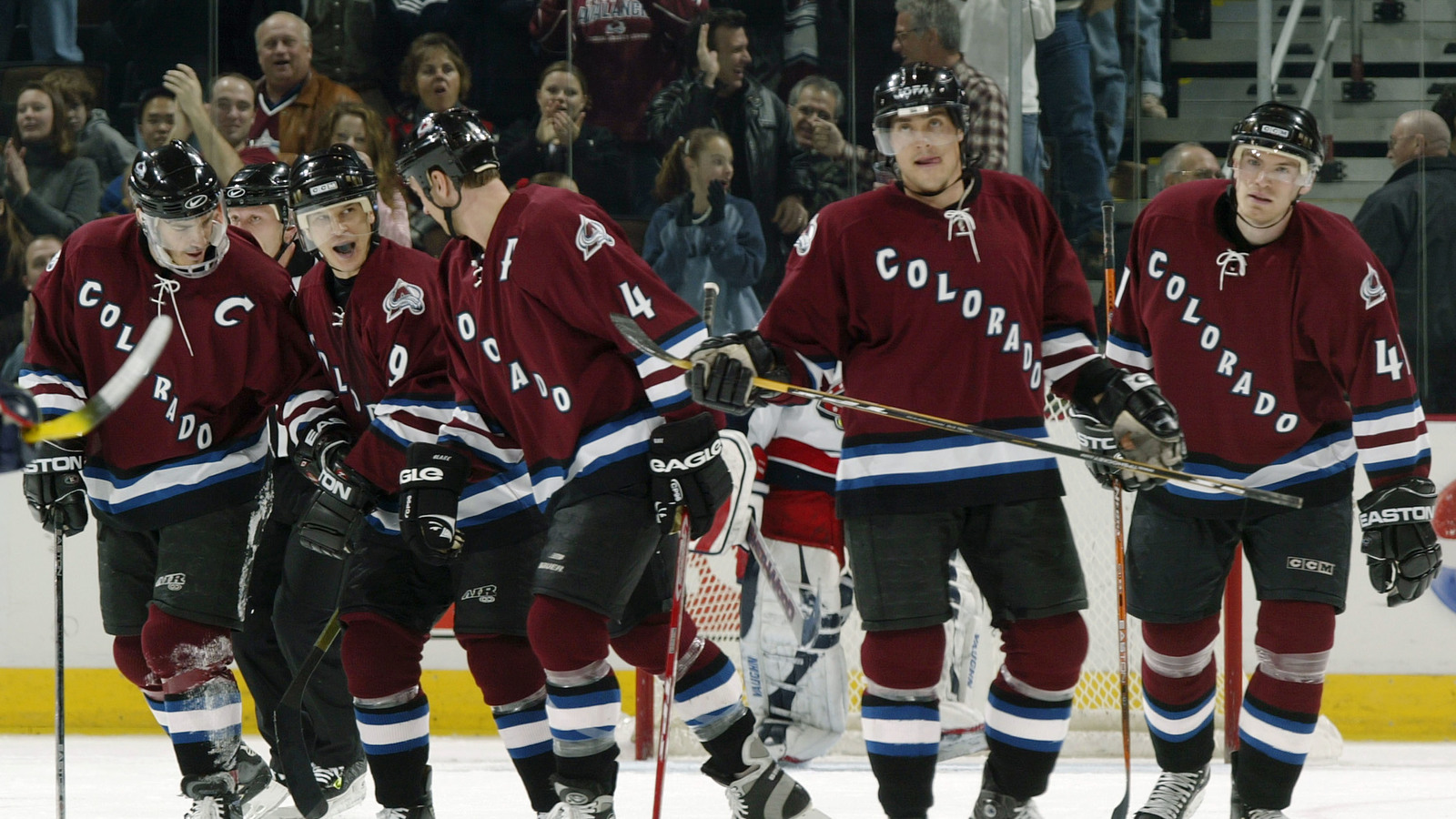
As mentioned above, the Avalanche were really the only team in the NHL in the early 2000s that could compare to the Red Wings in terms of talent. Their core was built around Joe Sakic, Peter Forsberg, Milan Hejduk, Alex Tanguay, Ray Bourque and Rob Blake. Between 1996 and 2002, the Red Wings and Avalanche combined to win five of the seven Stanley Cups. They were powerhouses.
After seeing the Red Wings load up in 2002 with Hull, Robitaille and Hasek, the Avalanche attempted to do the same in 2003 when they added Teemu Selanne and Paul Kariya in free agency. The two were very clearly a package deal given their prior history in Anaheim, while Kariya signed a laughably small one-year contract far below his market value to join the Avalanche. It did not produce the same result.
The Avalanche were really good but ultimately ended up falling short of a championship after losing in the second round to the San Jose Sharks. During the regular season, Selanne had one of the worst seasons of his career, while Kariya was limited to just 51 games due to injury.
Early 2000s New York Rangers
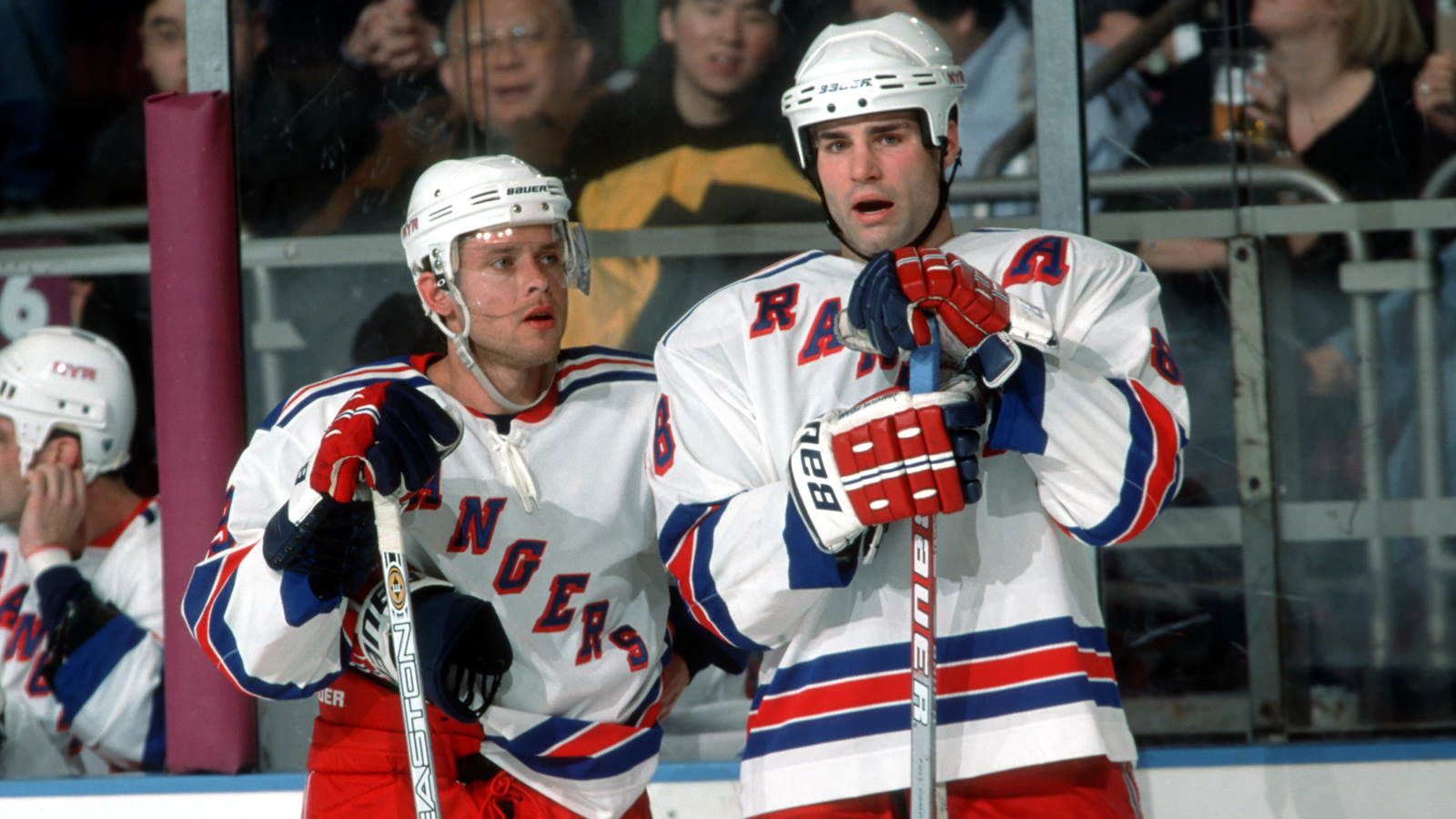
We can put this one in the column of "super teams that failed." During the 10-year run between the mid-1990s and the 2004 NHL lockout, the league was a case of "the haves" and "the have nots": teams that had money to burn and could sign anyone they wanted (Detroit, Colorado, a handful of others) and the teams that, well, simply could not compete with them.
The Rangers attempted to be one of the haves and between 2001 and 2004 acquired some of the biggest stars in the league.
Prior to the 2001-02 season, they traded for Eric Lindros, the most dominant power forward in the league, after he missed the entire season before due to a concussion and a contract dispute with the Philadelphia Flyers. Later that same year they traded for Pavel Bure, the most dominant pure goal scorer in the league. In 2003, they finally acquired Jaromir Jagr after failing to get him in a trade a few years earlier and then reacquired Alexei Kovalev.
Do you know how many playoff games the Rangers played in during those seasons? Zero.
Do you know how many winning seasons the Rangers had in those seasons? Zero.
The problem the Rangers ran into was that even though they acquired all of these All-Stars, they were not quite getting the best versions of them. Lindros' career was beginning to spiral downhill due to concussions. Bure's career was coming to a premature end due to knee injuries. Kovalev only spent a season and a half with the Rangers before being traded.
The other problem: The rest of the team stunk.
The only one who saw any real success with the Rangers was Jagr, rediscovering his dominant form in the Big Apple following the 2004-05 lockout and nearly winning a scoring title and MVP in 2005-06. After helping lead the Rangers back to the playoffs between 2005-06 and 2007-08, he went to Russia for three years.
2008-09 Detroit Red Wings
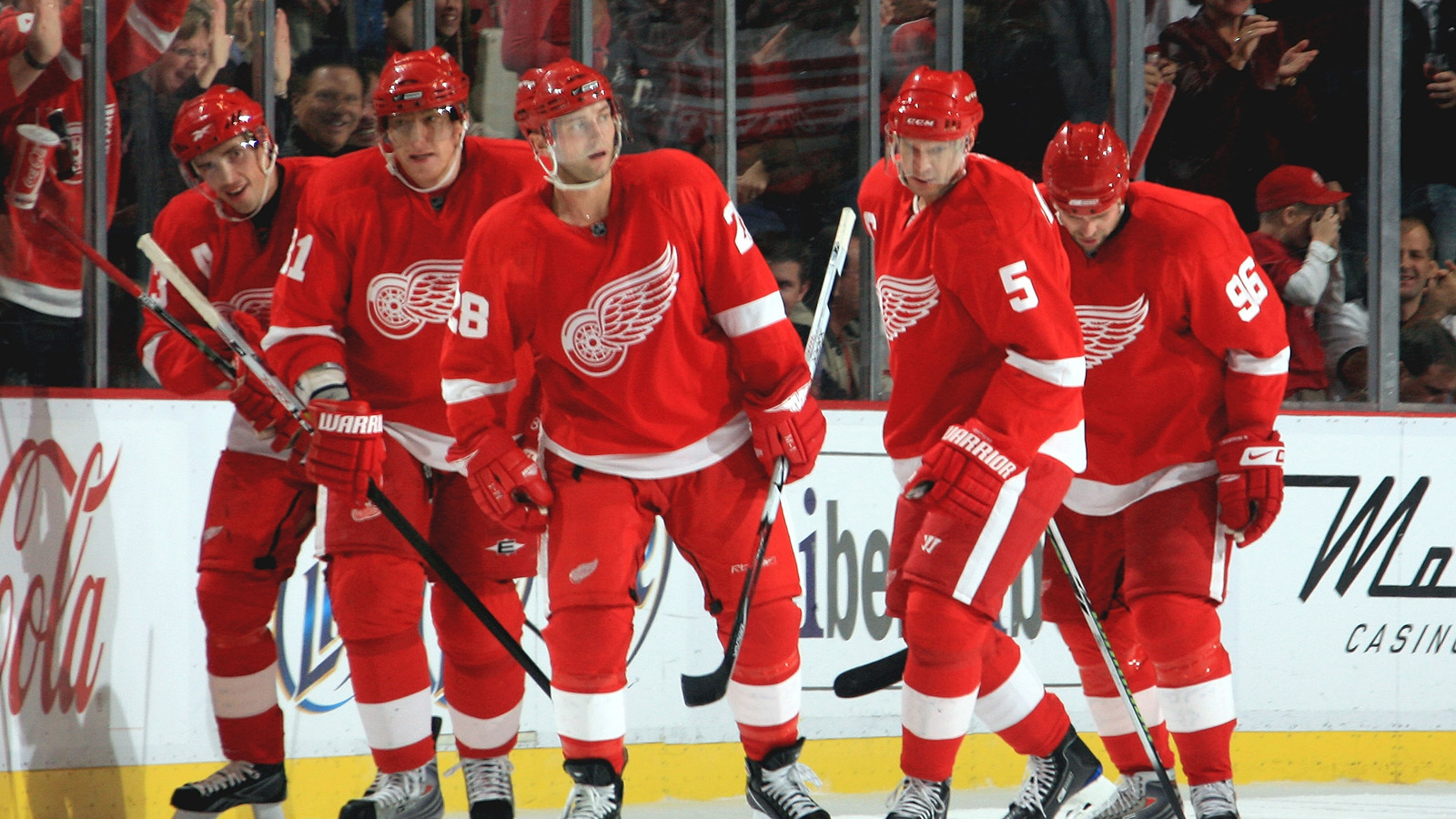
Maybe this is a bit of a stretch, but it is the closest example we have in the salary cap era.
The Red Wings were coming off of a Stanley Cup-winning season in 2007-08 with a team that was, to this day, perhaps the best team of the salary cap era. They dominated. They made a Pittsburgh Penguins team that had Sidney Crosby, Evgeni Malkin, Marian Hossa and Sergei Gonchar look almost helpless at times in the Stanley Cup Final.
They had the two best two-way forwards in the NHL in Pavel Datsyuk and Henrik Zetterberg, a defense that was built around Nicklas Lidstrom and Brian Rafalski, and just a really good, solid team around them.
Their response after winning the Stanley Cup: signing Hossa away from the Penguins — the team they just crushed in the Stanley Cup Final — on a one-year deal in free agency.
Given the success they had already had, it seemed to give them an unbeatable roster on paper, and they had an amazing season with Hossa leading the team with 40 goals in only 74 games. The Penguins ended up getting the final laugh, though, in the Stanley Cup Final rematch, winning the series in seven games, leaving us searching for the next "super team" of the salary cap era.
More must-reads:
- Lightning, Senators seeking third team for Karlsson trade
- John Tavares shares awesome childhood photo after signing with Leafs
- The 'Conn Smythe Trophy winners' quiz
Breaking News
Customize Your Newsletter
 +
+
Get the latest news and rumors, customized to your favorite sports and teams. Emailed daily. Always free!

